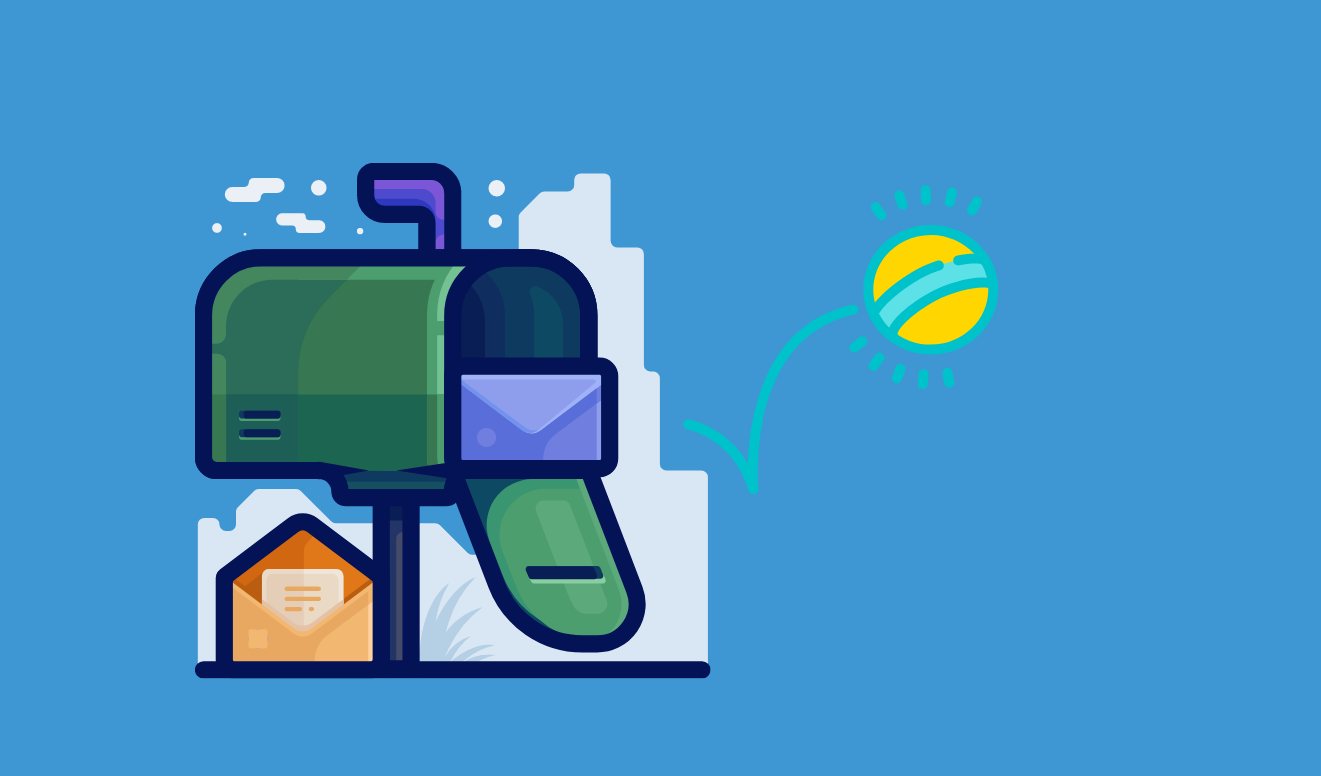
Both hard and soft bounces are related to email delivery. Both metrics indicate that a message has failed to reach the recipient’s inbox. The Reasons for both the bounces are different.
The good news is that you can reduce the bounce rate by applying some easy-to-use strategies. The article elaborates on the differences between hard and soft bounces and explains several ways in which they can be tamed.
Hard vs Soft Bounces
Either of the two is the reason behind a failed email delivery. You have to identify which one has become the real cause behind this. Let’s understand each of the bounces individually.
Hard Bounces
They are the primary reason behind failed email deliveries. Several factors lead to hard bounces.
- Emails have been sent to an invalid email address
- Your sending address has been blocked
- Bounces occurring due to spam filter or firewall
You have little to do to reroute the emails that don’t get delivered due to hard bounce.
Soft Bounces
Soft bounces may also lead to missed email deliveries. Several factors may cause this. The most common reasons behind soft bounces include:
- The recipient’s mailbox is full
- The recipient’s account has been suspended
- The files attached are too big
- Mail servers are malfunctioning
- The sender’s address has been marked against a spam filter
All bounces are not bad unless the bounce rate (whether due to hard bounce or soft bounce) doesn’t exceed 2%. However, a constant surge in bounce rate may tank your email marketing success rate.
How to Handle Bounce Rate?
There are two important goals why you should have a prompt strategy to monitor and control the campaign's bounce rate. One, to reduce your losses, and two, to measure your campaign success.
For any reason, if your email message doesn’t get delivered to some email addresses, remove the address from the list. Invalid addresses should also be removed from your email list. The idea is to keep your email subscriber list fresh and updated with active email addresses.
Along with fixing invalid addresses, you should put an analytics tool on work to understand data and insights. It’s essential for achieving sustainable growth and ROI.
How does Bounce Rate Help to Understand Insights?
The bounce rate isn’t always bad. It offers deep insights into how your email marketing campaign is delivering. If evaluated along with other email marketing metrics, you can unleash some pertinent information about the email campaign.
Eminently, bounce rate insights may give you a fine idea about the following email marketing metrics:
Email list growth rate
The bounce rate analysis tells you a story about who left you and who became part of your email list. Some people might find your email content outdated and stale, so they left. A few new subscribers engaged with the newsletter as they found it enticing. Whatever the result is, stick to your plan to get more people on your list.
Share rate
Having a share button in your email helps to expand its reach to an even wider audience base. At times when content marketing is growing at a rapid pace, messages must be shared. The sharing rate of the email content tells more about the success of the running campaign. It also identifies many areas where more work is needed to be done.
Click-through rate
The click-through rate depicts the number of clicks made by the recipients out of the total number of successfully delivered emails. To make sure that recipients follow the leads by clicking on it, provide them a call to action button to engage further. If the bounce rate increases, CTR automatically drops as the number of clicks is reduced.
Conversion rate
CTR or click-through-rate reflects engagement whereas conversion rate tells about the ratio of recipients who completed a particular transaction by following a customer journey. The transaction may be some kind of purchase, a survey, or sharing a post with a hashtag.
How To Optimize Your Email Marketing Strategy to Reduce Bounce Rate?
You may have a solid email marketing strategy in place. But sometimes it fails to deliver results due to evolving technological trends. A strategy that worked in the past may lose its charm and efficacy.
Your strategy should take into consideration the latest email marketing trends, new technologies, and evolving methodologies of creating and sending email campaigns. Email personalization could offer you a chance to entice and engage users based on their email preferences and buying choices.
Segregating leads by labeling them as hot, warm, and cold leads can help you improve opening rates and deliverability. Find which of the customers are most engaged with your newsletter and other content. Reward those customers with coupons and freebies for their consistency.
One more thing that cuts the bounce rate to a greater extent is the timing of the emails being sent. Select the time zone and the most suitable time slot to shoot your next campaign.

Tarun Gupta, CEO of Brainpulse Technologies, is a prolific author and digital marketing specialist. His insightful writings span SEO, content marketing, social media strategy, and email campaigns, offering invaluable expertise to businesses worldwide. Tarun’s contributions continue to shape the digital marketing landscape, guiding success in multiple niches.